Roofing question...shallow pitch underlayment question.
famous_world
15 years ago
Featured Answer
Sort by:Oldest
Comments (22)
sierraeast
15 years agoUser
15 years agoRelated Professionals
Arlington Handyman · Olney Kitchen & Bathroom Remodelers · Terrell Kitchen & Bathroom Remodelers · Aurora General Contractors · Country Club Hills General Contractors · Franklin General Contractors · Harvey General Contractors · La Marque General Contractors · Waianae General Contractors · Alpine Painters · Des Moines Painters · East Massapequa Painters · South Gate Painters · Spanaway Painters · Wailuku Paintersfamous_world
15 years agoron6519
15 years agomightyanvil
15 years agomanhattan42
15 years agomightyanvil
15 years agosierraeast
15 years agofamous_world
15 years agomightyanvil
15 years agofamous_world
15 years agomightyanvil
15 years agosierraeast
15 years agomightyanvil
15 years agosierraeast
15 years agomanhattan42
15 years agomightyanvil
15 years agomightyanvil
15 years agotexlotus
10 years agomillworkman
10 years agoDaaSchoe
9 years ago
Related Stories

MOST POPULAR8 Questions to Ask Yourself Before Meeting With Your Designer
Thinking in advance about how you use your space will get your first design consultation off to its best start
Full Story
EXTERIORSCurb Appeal Feeling a Little Off? Some Questions to Consider
Color, scale, proportion, trim ... 14 things to think about if your exterior is bugging you
Full Story
MOST POPULAR10 Things to Ask Your Contractor Before You Start Your Project
Ask these questions before signing with a contractor for better communication and fewer surprises along the way
Full Story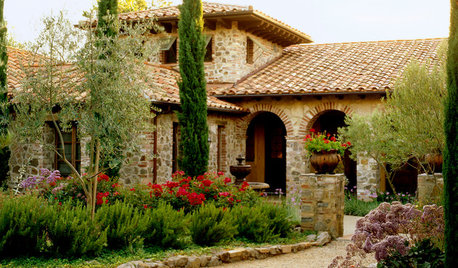
ROOFSRoof Materials: Get an Old-World Look With Clay Roof Tiles
The ancient roof material of choice remains the modern-day ideal for authentic Italian, Mediterranean and Spanish home styles
Full Story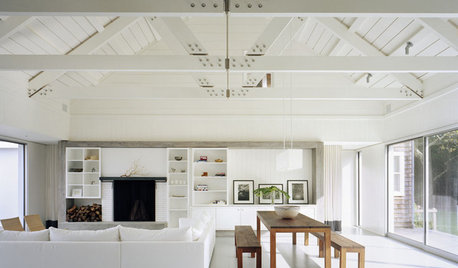
REMODELING GUIDESSupporting Act: Exposed Wood Trusses in Design
What's under a pitched roof? Beautiful beams, triangular shapes and rhythm of form
Full Story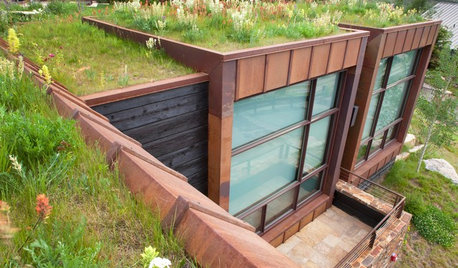
GREEN BUILDING6 Green-Roof Myths, Busted
Leaky, costly, a pain to maintain ... nope, nope and nope. Get the truth about living roofs and see examples from simple to elaborate
Full Story
ROOFSWhat to Know Before Selecting Your Home’s Roofing Material
Understanding the various roofing options can help you make an informed choice
Full Story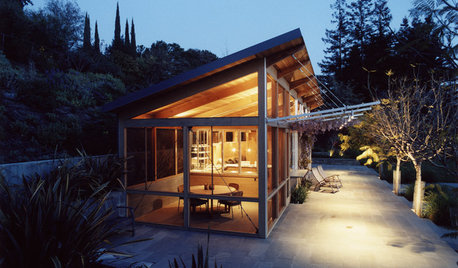
ARCHITECTUREDesign Workshop: The Shed Roof
This popular — and versatile — form straddles the divide between contemporary and traditional styles
Full Story
BATHROOM DESIGNHow to Settle on a Shower Bench
We help a Houzz user ask all the right questions for designing a stylish, practical and safe shower bench
Full Story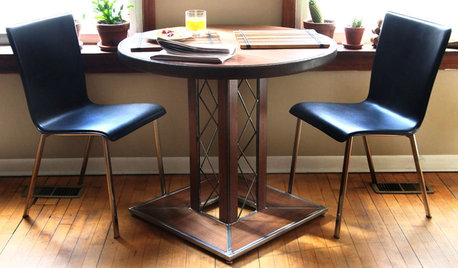
LIFEHow to Navigate an Extended Guest Stay
Keep sharing living quarters a positive experience by pondering the answers to these questions in advance
Full StoryMore Discussions






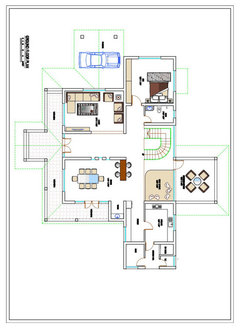
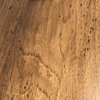
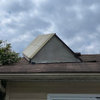


Joseph Corlett, LLC